Most of us are familiar with the bizarre and improbable platypus: a mammal that lays eggs, secretes milk from its skin, and defends itself with a venomous spur on its hind leg.
But the incredible little mammal wriggling in the net at my feet is all too real, and — like much of Australia’s iconic wildlife — it’s also in deep trouble. As urban development alters waterways, platypus populations are declining and their range is shrinking, putting the future of this wildlife wonder at risk.
“An Animal of All Time”
One Aboriginal story says that platypus originated from the union of a duck and a water-rat, which is rather apt. British naturalist George Shaw infamously thought the first platypus specimens sent back from Australia were a hoax, cutting the taxidermied corpse apart to try and find the stitching.
But the animal’s oddity afforded little protection from European settlers.
In the late 1800s and early 1900s, platypus were shot by the hundreds of thousands for the fur trade, much like the koala. “There are a lot of records of people shooting hundreds of thousands of platypus,” says Tahneal Hawke, a PhD student at the University of New South Wales who used historical records, like newspapers and explorers journals, to study the change in platypus populations over time. “By the late 1920s you can see the impact,” she says, “and there are a lot of records suggesting they were on the brink of extinction.”
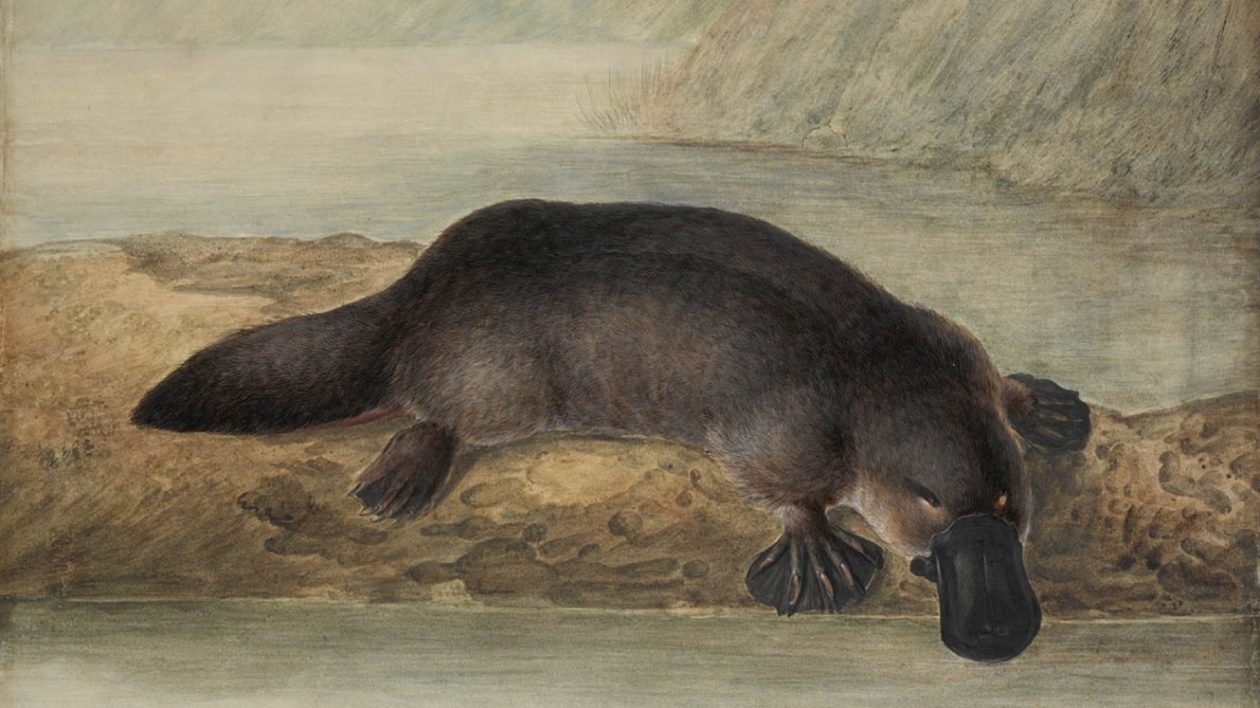
Today, the threats are different, but no less deadly.
“Like with a lot of our wildlife, the big threat is habitat destruction,” explains Tamielle Brunt, who is studying platypus for her PhD with the University of Queensland and Wildlife Queensland. I’ve joined Brunt for a night in the field, as she gathers data on platypus in the Brisbane area.
As we stood under an overpass setting up nets, Brunt explained that platypus are quite specific when it comes to habitat. They need clear, cold streams with a mix pools and riffles — like tiny rapids over rocks — with water 1 to 5 meters deep (or 3 to 15 feet). Ideally the bottom is covered in rocks and logs, which harbour the macroinvertebrates that platypus eat.
They also need high, stable banks with native vegetation, whose deep roots secure the soil so platypus can dig the burrows where they rest and nest. The best streams have over-hanging banks and canopy cover to help protect them from predators.
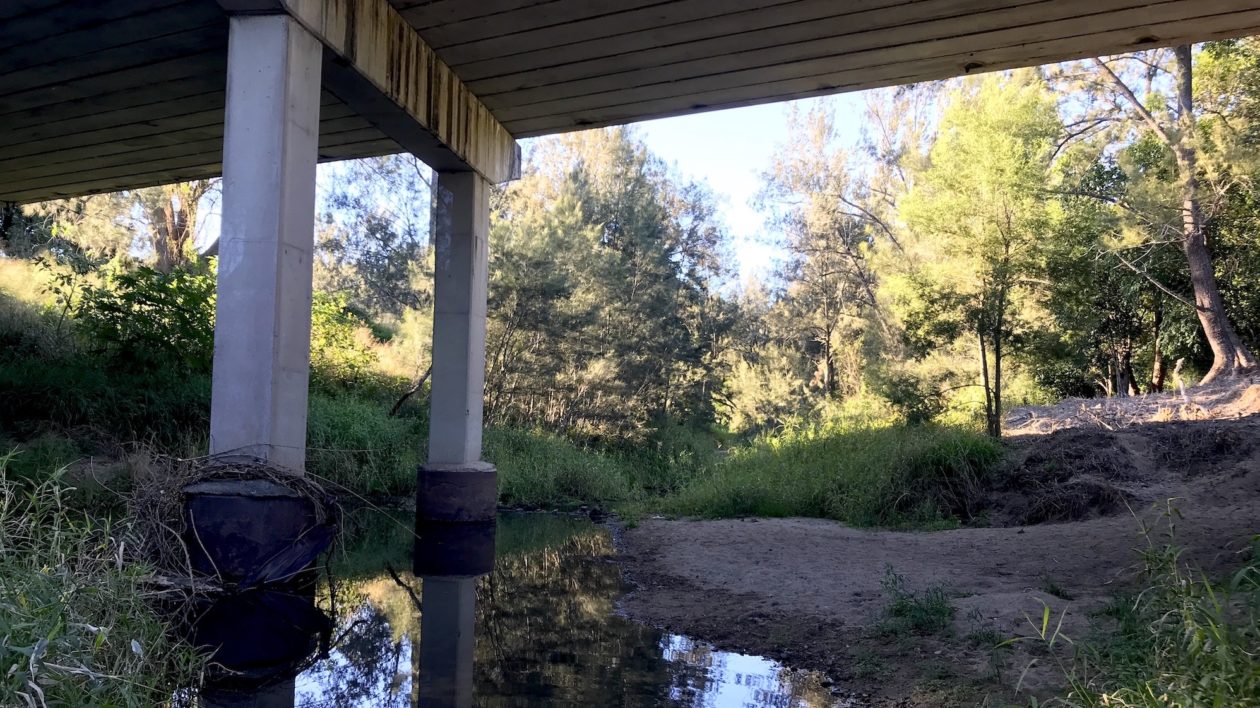
Surviving in the City
These conditions are hard to come by in urban or peri-urban environments, but still the platypus persists. “Most people don’t know just how close they are living to platypus populations,” says Brunt. “It’s amazing.”
Case in point: We’re setting up our nets less than 100 meters from a bowls club, where retirees clad in activewear play lawn games and drink beer. Cars pass on the road above our heads, while families walk their dogs in the late afternoon sun.
As more and more land is developed, platypus populations are becoming increasingly fragmented. “We are changing the courses of waterways with dams, concrete, stormwater drains… and you can really isolate populations through urbanization,” says Brunt.
Rainwater funneled through the convoluted system of drains and pipes and concrete flows more quickly than it would otherwise, and the fast-flowing torrents can erode banks and scour the stream bottoms of food. Isolated platypus struggle to find mates, or fall prey to dogs or other predators when forced to travel overland. Others become trapped in urban storm drains and risk death unless rescued.
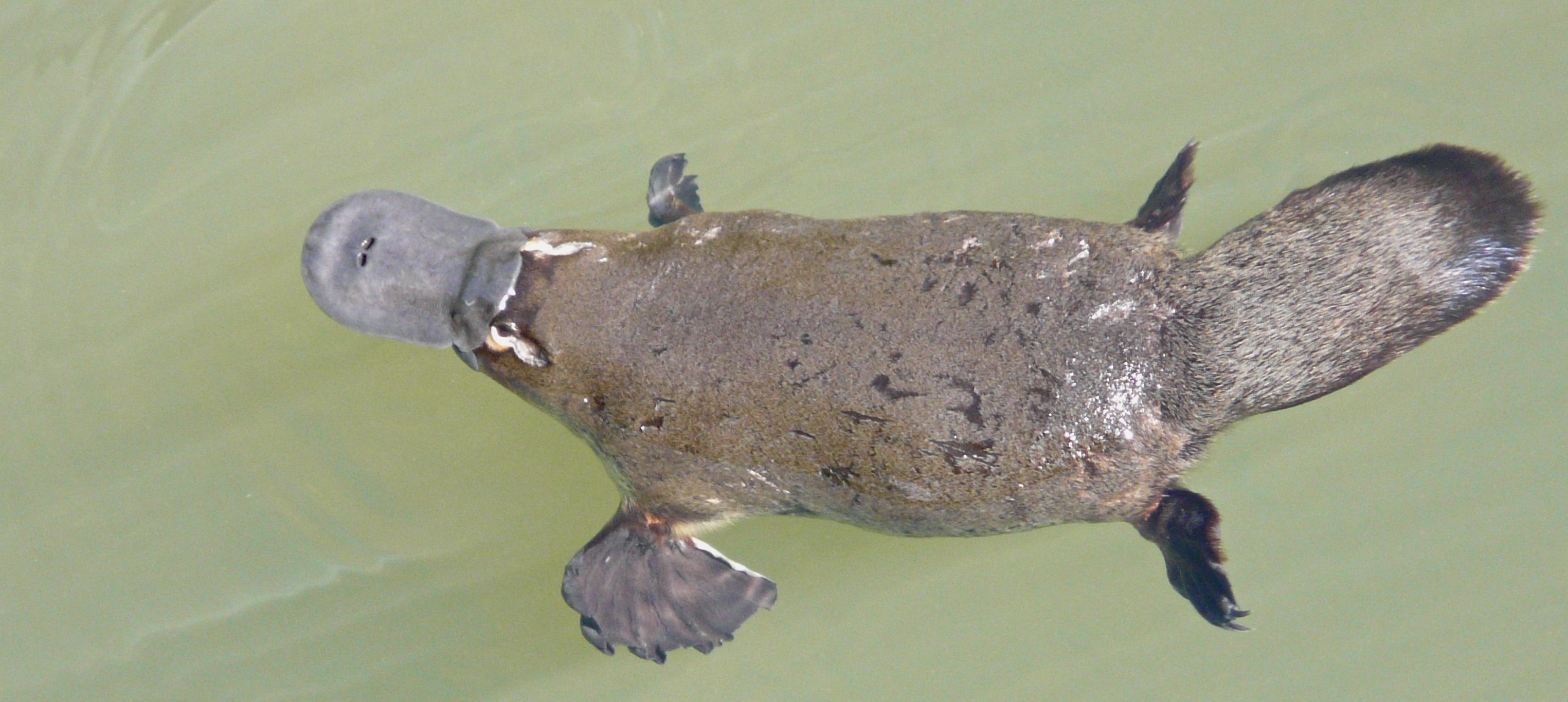
With development comes sediment and chemical pollution, which can reduce the number of macroinvertebrate food available. Chemicals accumulate in prey species, like invertebrates and spiders, which could lead to platypus ingesting up to 50 percent of a human dosage of some pharmaceuticals. “They’re eating insects filled with antidepressants, estrogen, and a whole cocktail of chemicals,” says Brunt.
Trash is also a problem: Brunt regularly sees reports on Facebook or citizen science platforms about platypus entangled in fishing line, rubber bands, or hair ties. Many of these animals slowly starve to death.
Fishing nets pose another major threat. Many Australians fish their local waterways for yabbies, or shrimp-like crustaceans. But the popular style of net they use — called the “opera house” net after the famous Sydney structure — will drown any platypus who venture inside. Though the nets are outlawed in the state of Victoria and restricted elsewhere, they remain cheap, popular, and widely used across the platypus’s range.
Together, all of these threats are taking a heavy toll on platypus populations. Hawke’s research on historical records indicates that, in the last 10 years, platypus have not been found in 44 percent of the subcatchments where they were historically recorded.
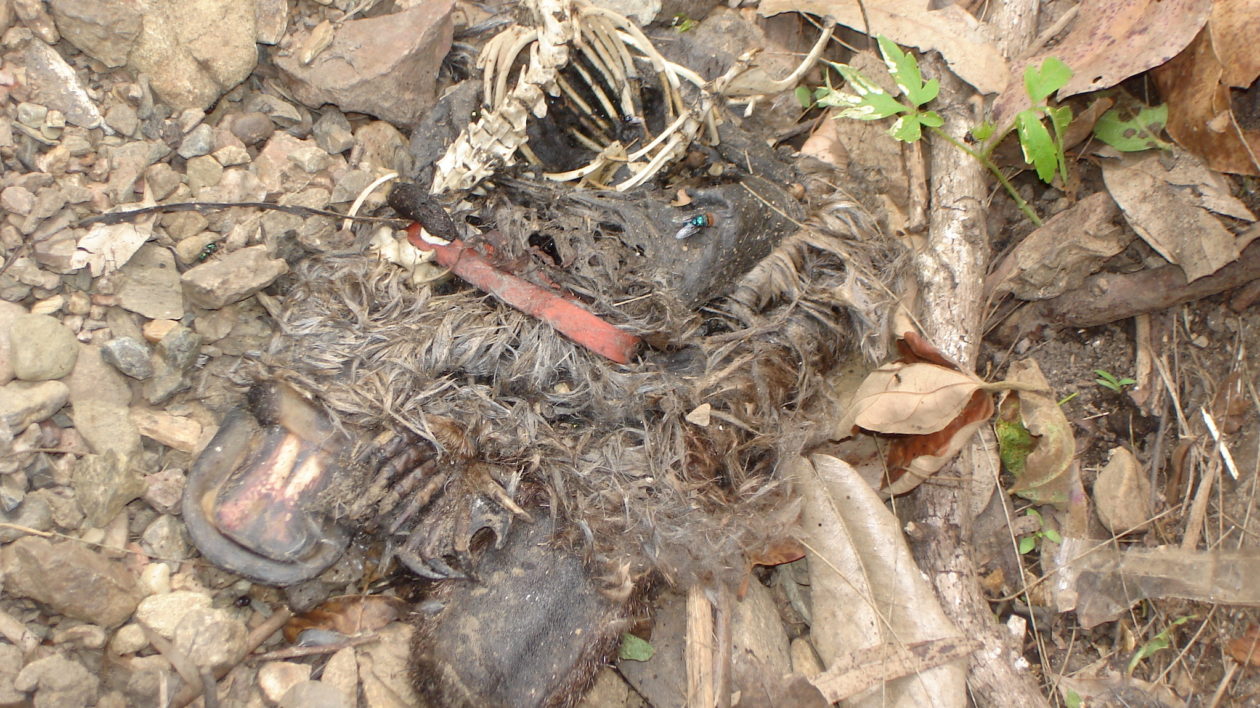
eDNA in the Waterways
Faced with so many threats, it’s a wonder platypus populations survive so close to a major city. But while we know they’re here, little is known about how many platypus survive in the Brisbane area. “There is so much we don’t know,” says Brunt. “Things like the population structure, genetics, all of that baseline data that is so important to manage these populations and let them persist into the future.”
The only way to gather these data is to catch platypus, but as I’m learning tonight, that’s easier said than done. Platypus are notoriously elusive, and even researchers to study them have trouble locating where they might be. This platypus is the first one Brunt has caught this field season, after more than a week of trapping in several different catchments.
To help narrow her search, Brunt is utilizing eDNA technology to pinpoint which streams in the greater Brisbane area might have platypus. As platypus swim and forage through a waterway, they shed small amounts of DNA from their skin, hair, or excrement.
“We take a water sample and then at the lab they filter it through a tiny .22 micron filter that will pick up any fragments of platypus DNA in the waterway,” Brunt explains. The technology has its limits — DNA can degrade quickly and the fragments are too small to tell how many platypus are around. But nevertheless, Brunt describes it as a godsend for platypus researchers.
“eDNA takes the guesswork out of determining their distribution, and it can really help us pinpoint if they are there or not,” she says. Which means a lot less effort to catch them, and fewer sleepless nights.
Armed with the eDNA data, Brunt will spend the winter setting up nets in the platypus-positive waterways to try and capture as many individuals as she can. (Check out our story about a night spent trapping platypus with Brunt.)
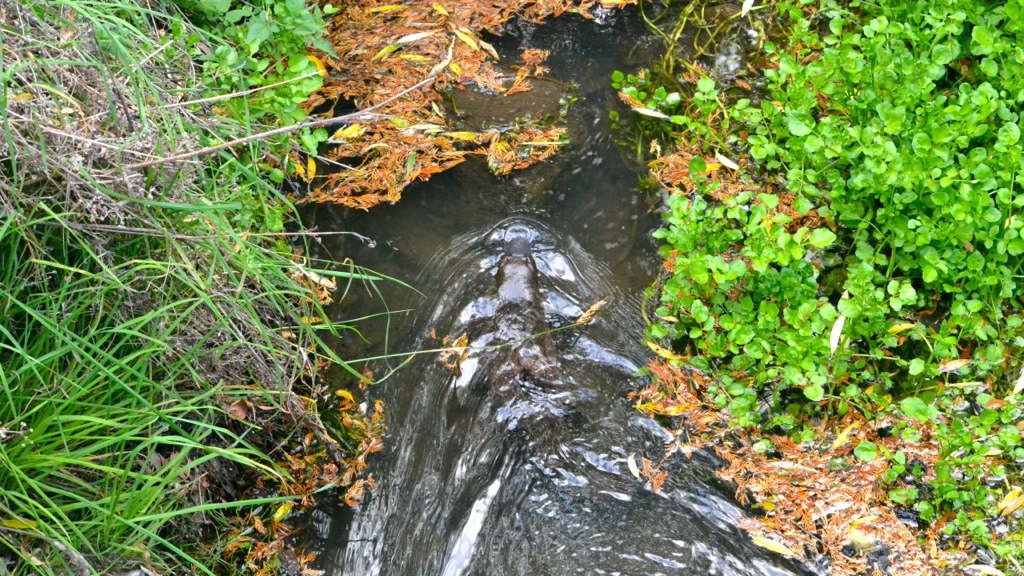
For each platypus, she will collect basic data about the animal’s age and health, take a skin sample for genetics analysis, and a hair sample for toxicology. Brunt will also tag the animals with a microchip, to see if (and where) any of them reappear the following year.
All of these data will help Brunt understand where platypus are able to persist in the semi-urban surrounds of Brisbane, as well as which threats are most pressing for this population. “I want to try and really pinpoint the best management practices for platypus and healthy waterways,” she says.
Brunt emphasises that scientists and conservationists need to act now, before platypus are threatened further. “Queensland platypus aren’t listed as threatened or vulnerable, and it can be difficult to convince people that there is a problem,” she says. “That’s so frustrating, because if my research shows that the platypus populations are healthy, surely knowing that is a better outcome than just waiting for them to decline in the years to come, when it might be too late.”
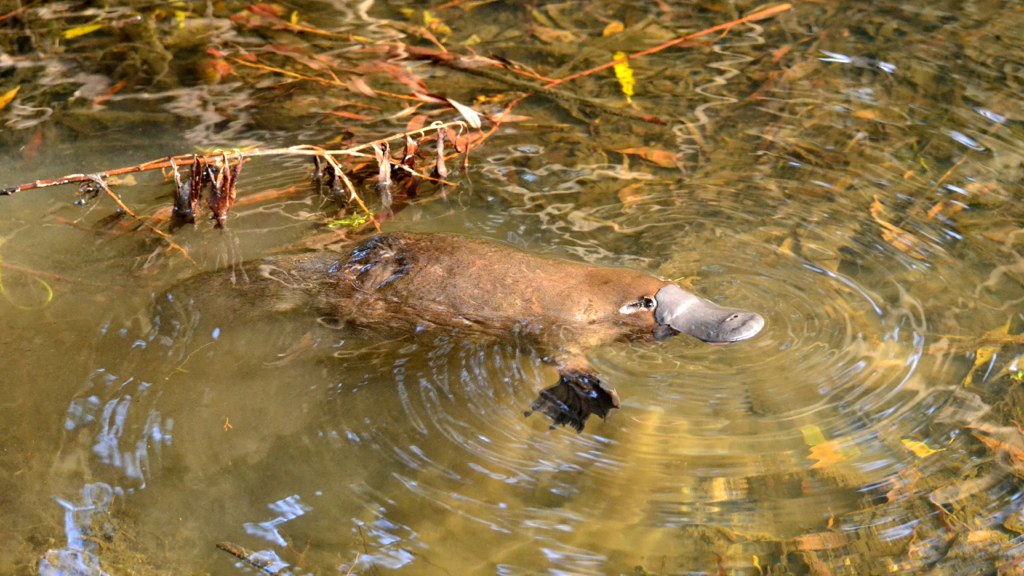



Join the Discussion